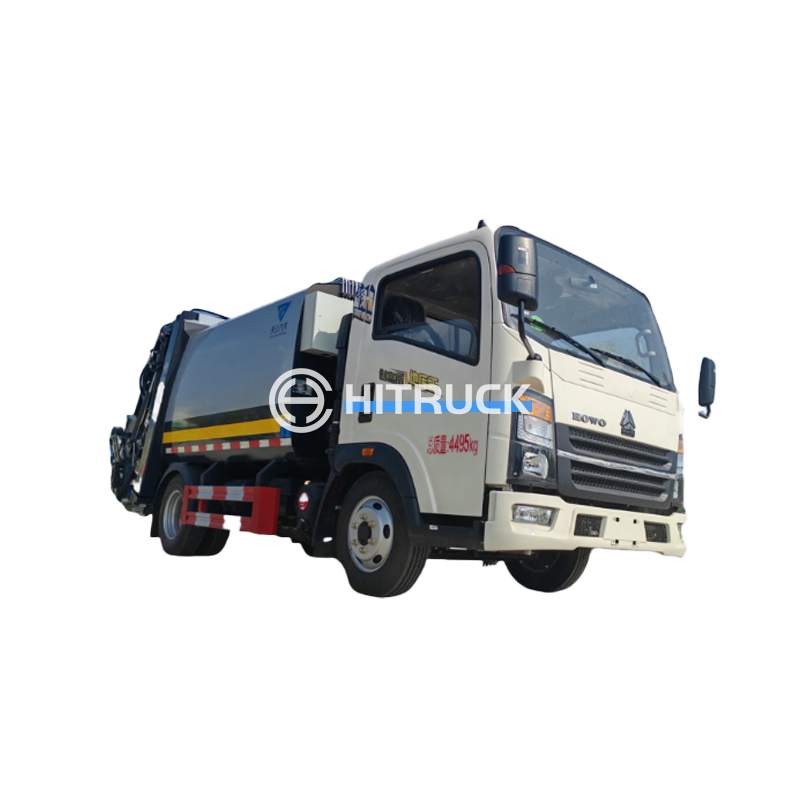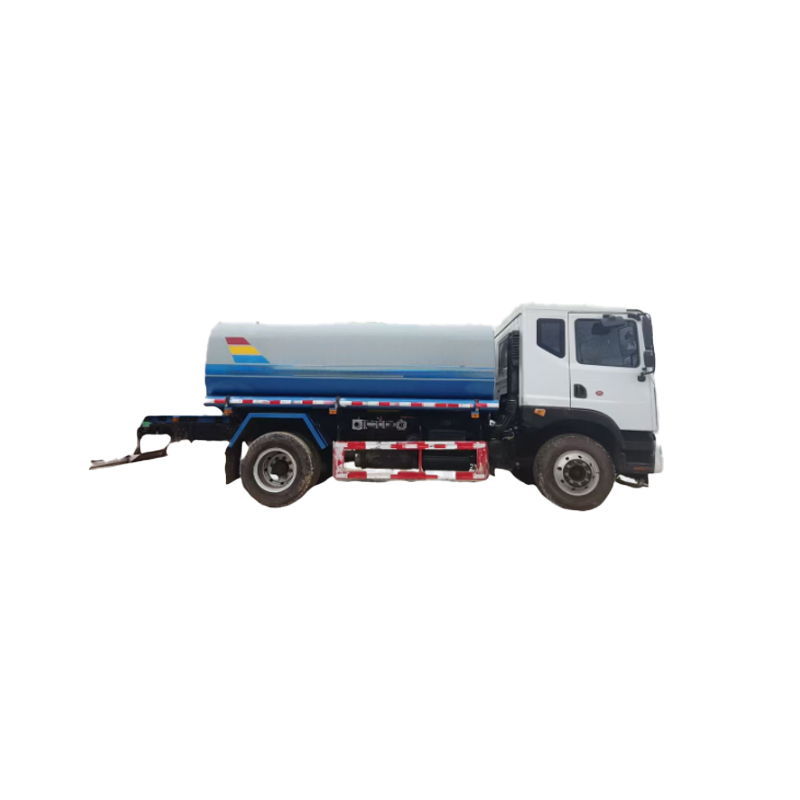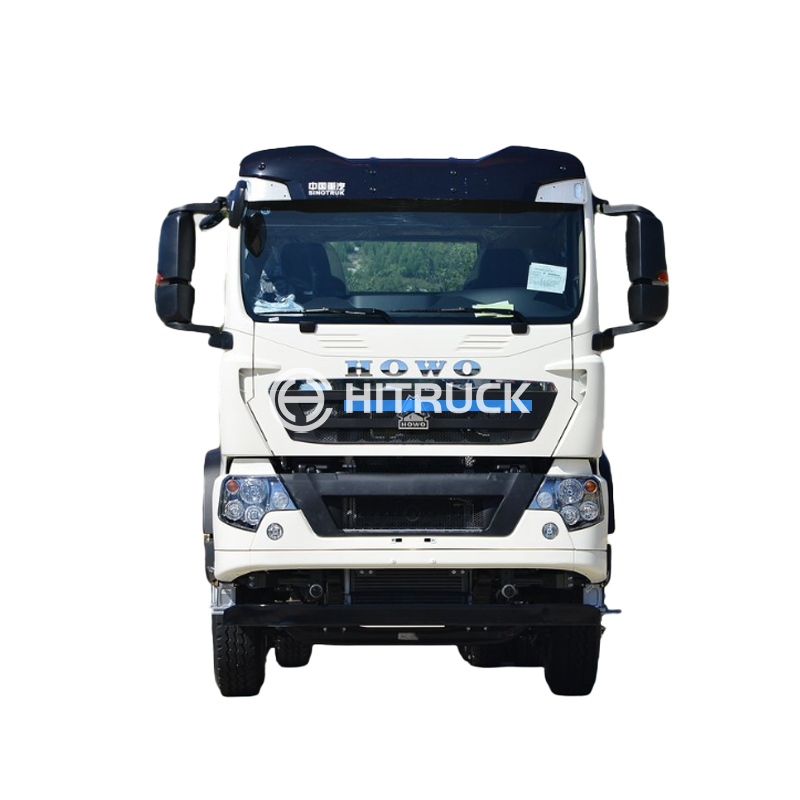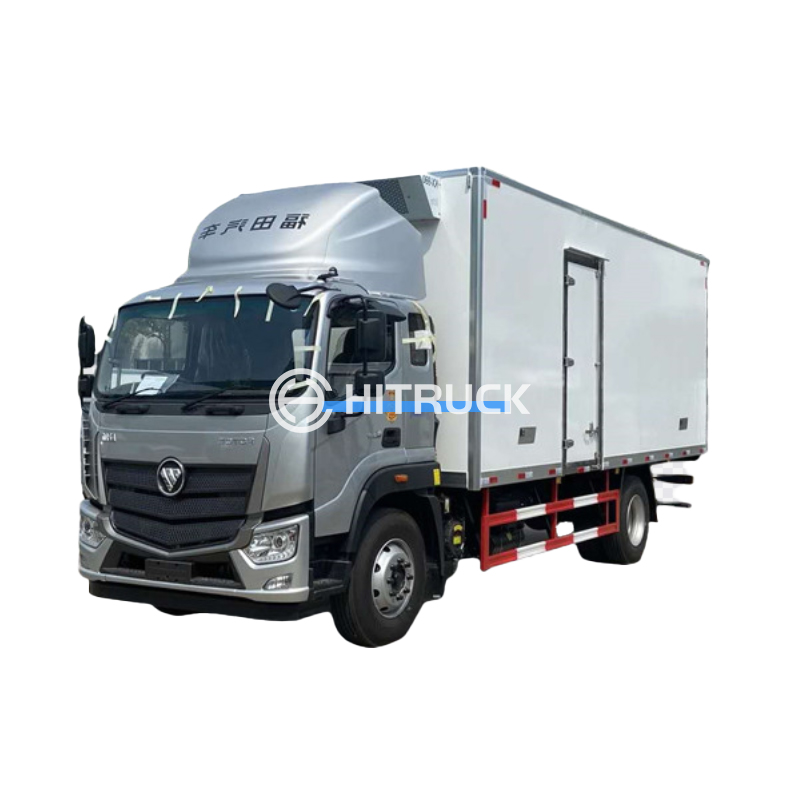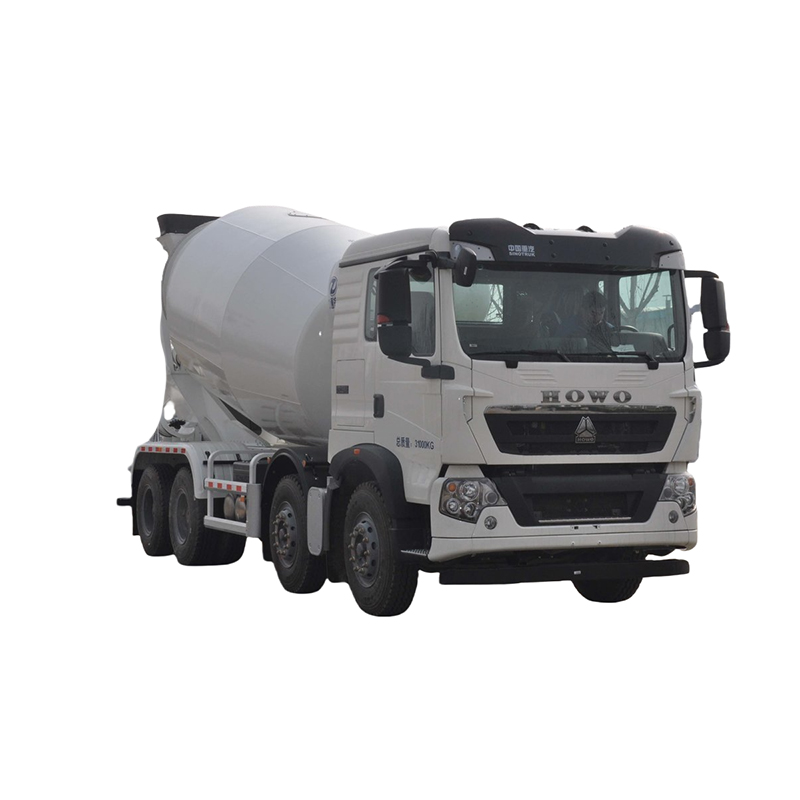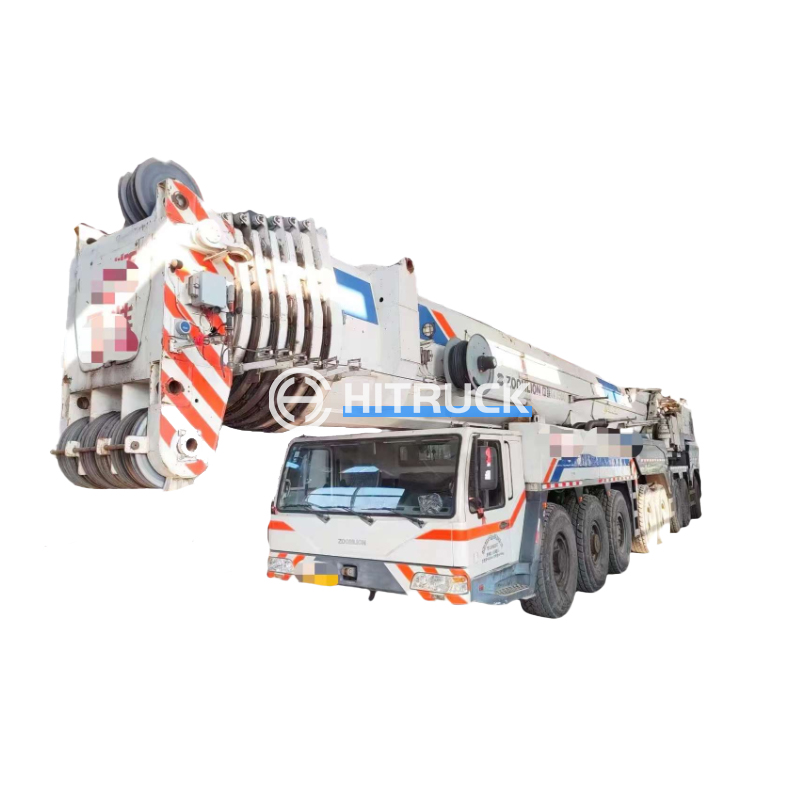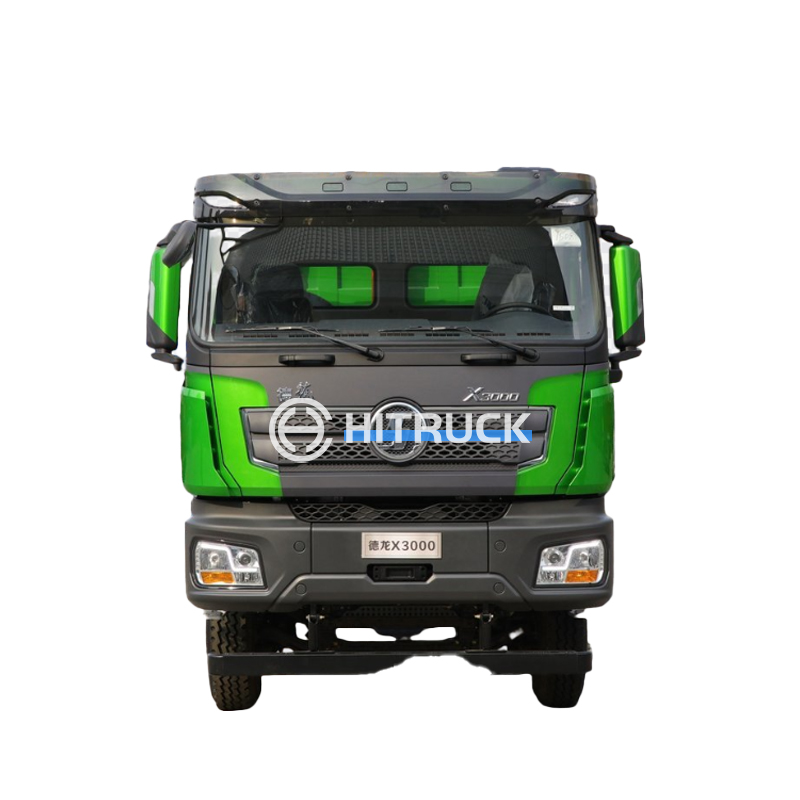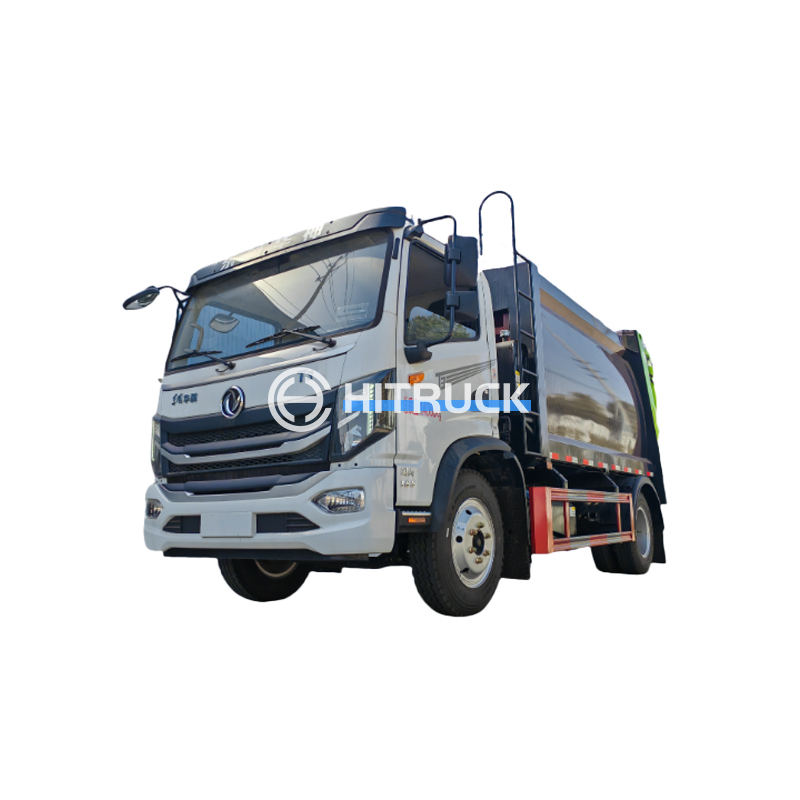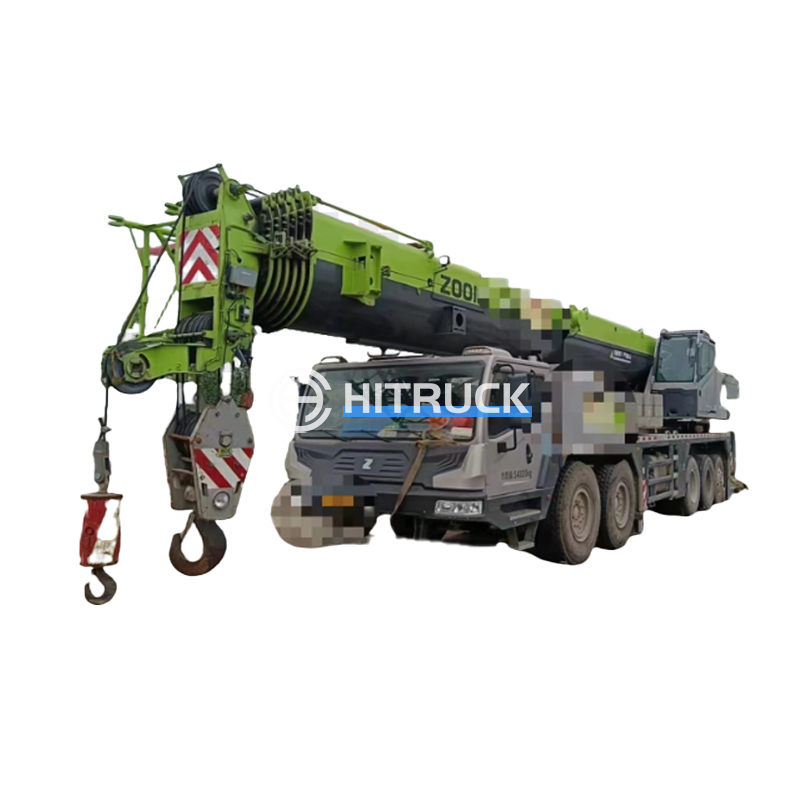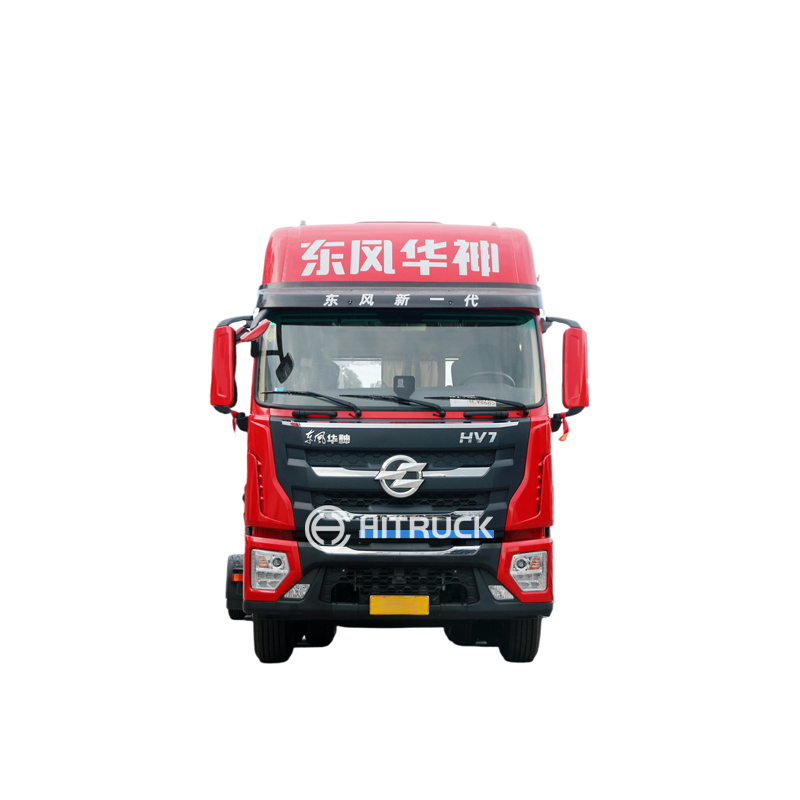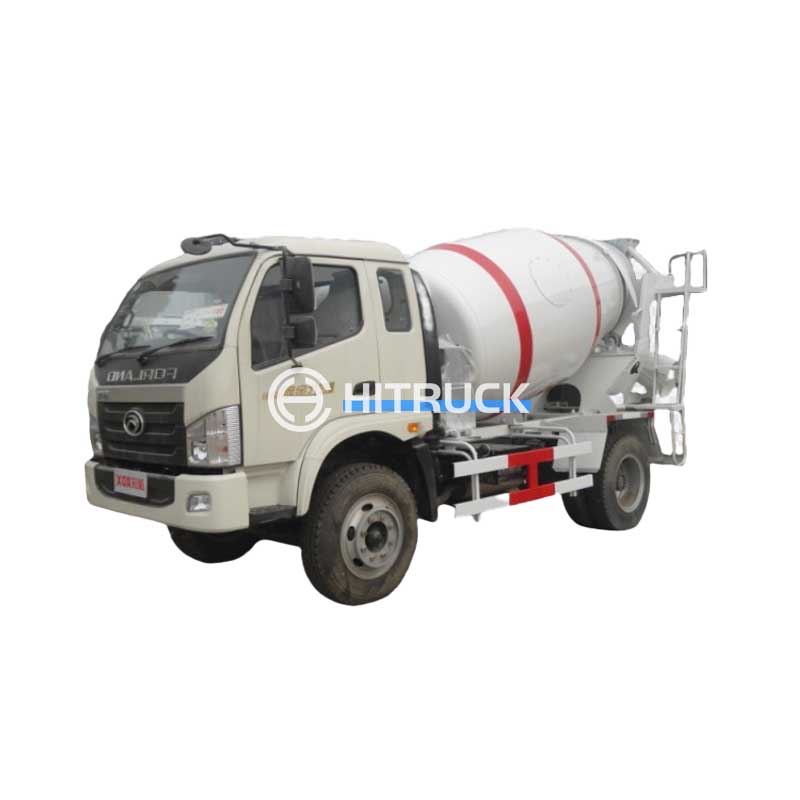This comprehensive guide explores the intricacies of overhead bridge cranes, providing essential information for making informed decisions on selection, operation, and maintenance. We'll cover different types, key specifications, safety considerations, and factors to consider when integrating a overhead bridge crane into your workspace. Learn how to optimize your material handling processes with the right crane solution for your specific needs.
Single girder overhead bridge cranes are characterized by their simpler design and lower cost. They're ideal for lighter lifting capacities and applications where headroom is limited. These cranes are often found in smaller workshops and factories. Their compact design makes them suitable for narrower spaces compared to double girder cranes. However, their load capacity is generally lower.
Double girder overhead bridge cranes offer higher lifting capacities and are designed for heavier loads. They provide greater stability and are typically used in larger industrial settings where substantial lifting requirements are prevalent. The robust construction of double girder cranes allows for more demanding applications. While more expensive than single girder cranes, they are the preferred choice for heavy-duty lifting.
Beyond single and double girder designs, there are specialized overhead bridge cranes such as: jib cranes (often used for smaller, localized lifting needs), cantilever cranes (which extend beyond the support structure), and semi-gantry cranes (combining aspects of bridge and gantry cranes). The choice depends heavily on the specific requirements of the application.
Selecting the appropriate overhead bridge crane requires careful consideration of several key specifications:
| Specification | Description | Importance |
|---|---|---|
| Lifting Capacity | Maximum weight the crane can lift. | Crucial for determining suitability for specific tasks. |
| Span | Distance between the crane's support columns. | Determines the coverage area of the crane. |
| Lift Height | Vertical distance the crane can lift a load. | Important for accommodating building height and material stacking needs. |
| Hook Height | Vertical distance from the floor to the hook when the crane is at its lowest point. | Influences the crane’s operational envelope. |
Safety is paramount when operating overhead bridge cranes. Regular inspections, operator training, and adherence to safety regulations are crucial. Proper maintenance, including lubrication and component checks, extends the lifespan of the crane and minimizes the risk of accidents. For comprehensive safety guidelines and best practices, consult relevant industry standards and regulations.
Selecting a reputable supplier is vital. A reliable supplier will provide expert guidance, offer a range of cranes to suit different needs, and provide ongoing support and maintenance. When searching for a overhead bridge crane, consider factors like reputation, experience, warranty, and after-sales service. For a wide selection of high-quality cranes and related equipment, consider exploring options from reputable suppliers such as those found at Hitruckmall. They offer a diverse range of solutions to meet varied industrial material handling requirements. Remember to always prioritize safety and choose a crane that is appropriate for your specific application.
This guide serves as a starting point for understanding overhead bridge cranes. Further research into specific crane models and consulting with industry experts is recommended before making a final purchase decision.

